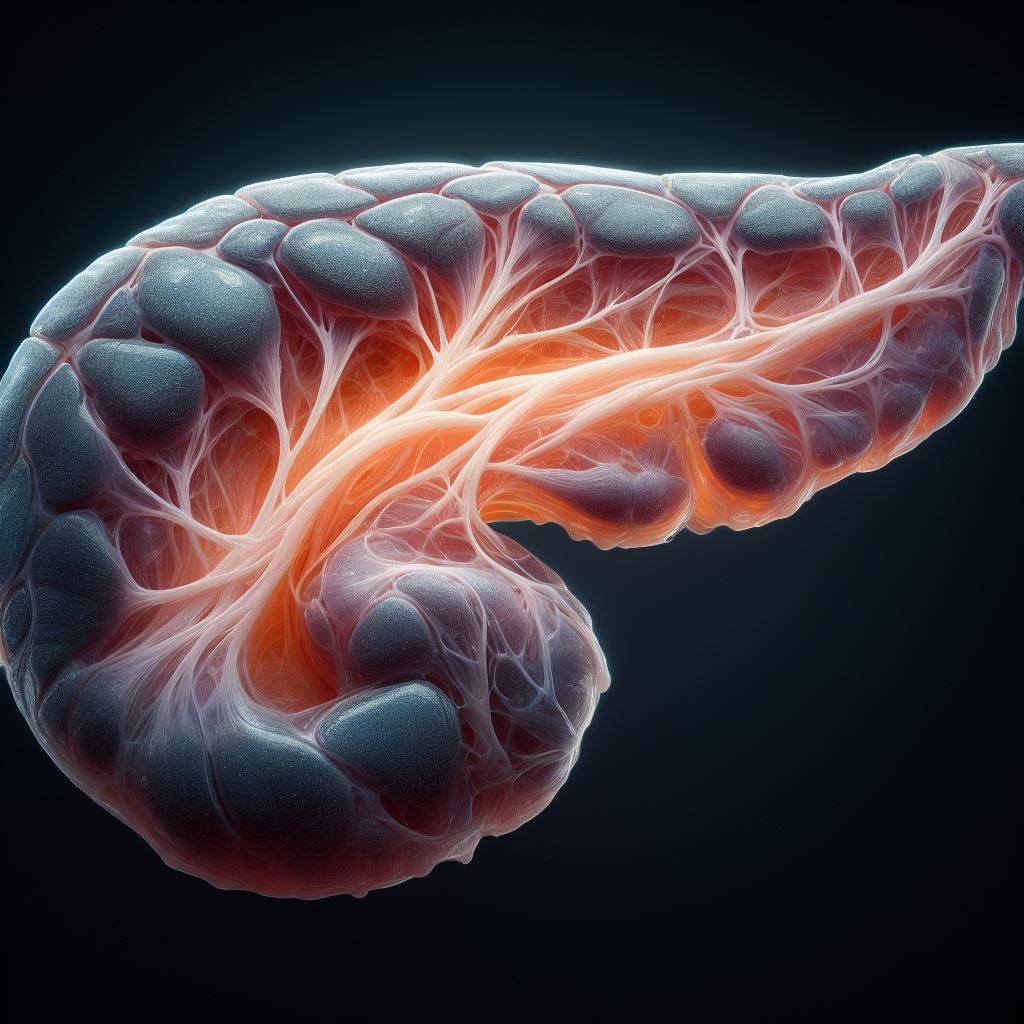A potential treatment has been developed by UC San Francisco researchers that may help treat pancreatic cancer, an almost invariably deadly disease, and maybe even cure it.
The novel therapeutic candidate permanently alters K-Ras G12D, a cunning mutation that causes cancer and accounts for about half of pancreatic cancer cases as well as some cases of lung, breast, and colon cancer.
Although less frequent than these other diseases, pancreatic cancer is more lethal due to a lack of treatment options; in the US, it takes the lives of over 50,000 people annually.
We’ve worked for 10 years to bring pancreatic cancer therapies up to speed with therapies for other cancers.
This breakthrough is the first to target G12D and gives us a firm foothold to fight this devastating mutation.
Kevan Shokat, PhD, a professor in the Department of Cellular and Molecular Pharmacology.
The findings were published in the journal Nature Chemical Biology.
In 2013, Shokat and associates created the first anti-cancer medications that block G12C, a distinct K-Ras mutation. Since then, two treatments for breast and lung cancer have been authorised, but the progress in treating pancreatic cancer has not materialised.
Ninety per cent of instances of pancreatic cancer may be attributed to K-Ras mutations. G12D, which is different from most other K-Ras mutations by a single amino acid change, makes up around half of these mutations.
Chemists faced great difficulty when they discovered the difference between proteins that cause cancer and those that don’t. In the former, Glycine (G) changes into Aspartate (D).
There are only a few molecules that can distinguish between glycine and aspartate, which causes cancer.
To make good therapies, we need drugs that work on the tumor cells only, without affecting healthy cells.
Kevan Shokat
A molecule that would firmly and irrevocably bind to the renegade aspartate was the idea of Shokat’s team. This molecule would fit into a pocket of the K-Ras protein. They were able to create a template for compounds that consistently made their way into that area of the protein thanks to the research frenzy that ensued after Shokat’s 2013 discovery.
Once we had that structure for our molecules, we knew they were sitting in the protein at the right spot.
Then we could explore the little nooks and crannies that we needed to discover the chemistry of the aspartate.
It’s like climbing a new route on a mountain, you may be strong but the lengths of your arms limit what you can do.
It was a lot of trial and error, tweaking the branches of these molecules to position them in this incredibly tight space around G12D. Some got close, then failed, and we would start over.
Kevan Shokat
They eventually discovered a successful chemical. It bent into a new form that had a significant reaction with the aspartate after settling into the proper corner of K-Ras.
In both an animal model of human cancer and cancer cell lines, the chemical stopped the formation of tumours originating from G12D. And it never targeted healthy proteins.
Scientists are currently working to make the molecule more resilient so that it can combat cancer in humans. According to Shokat, new treatments for pancreatic cancer may get through clinical trials in as short as two to three years because of the momentum this study has generated.
Also Read| Blocking the DNA triplication by a newly discovered protein
We’ve learned a lot from other targeted therapies and know how to quickly translate discoveries like these for the clinic.
An effective drug targeting K-RAS G12D could be transformative for patients with pancreatic cancer.
Margaret Tempero, MD, director of the UCSF Pancreas Center
Source: University of California San Francisco – News
Journal Reference: Zheng, Qinheng, et al. “Strain-release Alkylation of Asp12 Enables Mutant Selective Targeting of K-Ras-G12D.” Nature Chemical Biology, 2024, pp. 1-9, https://doi.org/10.1038/s41589-024-01565-w.
Last Update






